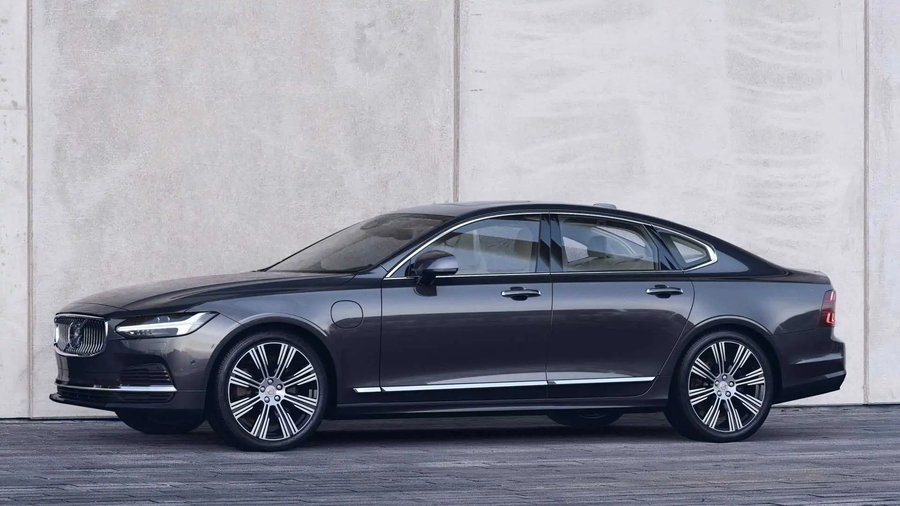Volvo ES90 Electric Sedan Confirmed, It Will Battle the BMW i5

The model will be underpinned by the exact same platform as the EX90 flagship SUV and should come with the same powertrains and battery pack. That means that it should be equipped with the 111-kWh lithium-ion battery pack sourced from CATL, providing it with a range of up to 300 miles (483 kilometers).
The unit that the seven-seat Volvo EX90 is equipped with is capable of charging from 10 to 80 percent in approximately 30 minutes once connected to a 250 kWh DC charging station, so we should expect the same figures from the sedan.
The entry-level version will come with a twin-motor setup generating a total of 402 horsepower (408 PS) and 568 lb-ft (770 Nm). The Twin Motor Performance variant will sit at the top of the lineup and should get 510 horsepower (517 PS), awarded to the model that bears the 'EE' designation, while the 'E2,' which will go on sale in North America, will benefit from the presence of 496 horsepower (503 PS), mimicking the EX90 lineup.
In pure Volvo fashion, in an attempt to reduce fatalities in the brand's vehicles down to zero in the upcoming years, the top speed will be electronically limited to 112 mph (180 kph).
The upcoming mid-size luxury sedan will replace the Volvo S90, following in the footsteps of the EX90 electric SUV, designed to replace the ICE-powered Volvo XC90.
Leaked documents from China show that the model will be a four-door, five-seat sedan, which will measure 196.4 inches (4,990 millimeters) in length. Meanwhile, the American version will be 200.4 inches (5,090 millimeters) long, 74.6 inches (1,895 millimeters) wide, and 57.2 inches (1,452 millimeters) tall, sporting a wheelbase of 120.5 inches (3,060 millimeters).
The car should weigh 4,628 pounds (2,099 kilograms). These are figures that place it in the same segment as the Mercedes EQE and BMW i5, but below the Tesla Model S and the Mercedes EQS, for instance.
Volvo has already filed a patent request for the designation earlier this year. Swedish publication Teknikens Varied reports that Lexus might be against Volvo using the 'ES' lettering, considering that the Japanese brand includes an ES sedan in its lineup. Volvo might be forced to go a different route, according to Autocar.
According to the data coming from China, the Volvo ES90 should arrive in May 2024 as a 2025 model year. The electric sedan should go into production next summer at the Cixi plant in Hangzhou, China. The sedan will join other Volvo-branded electric cars, such as the EX30, EX90, and XC40 Recharge. Volo also sells the EM90 electric minivan, but that is currently a China-only affair.
Related News
